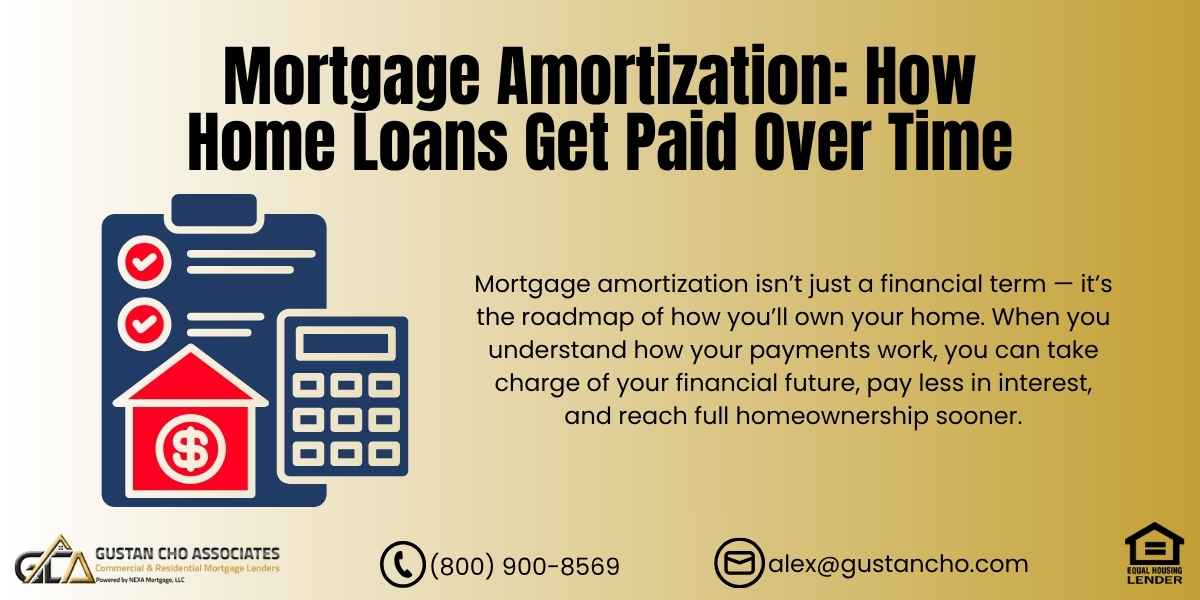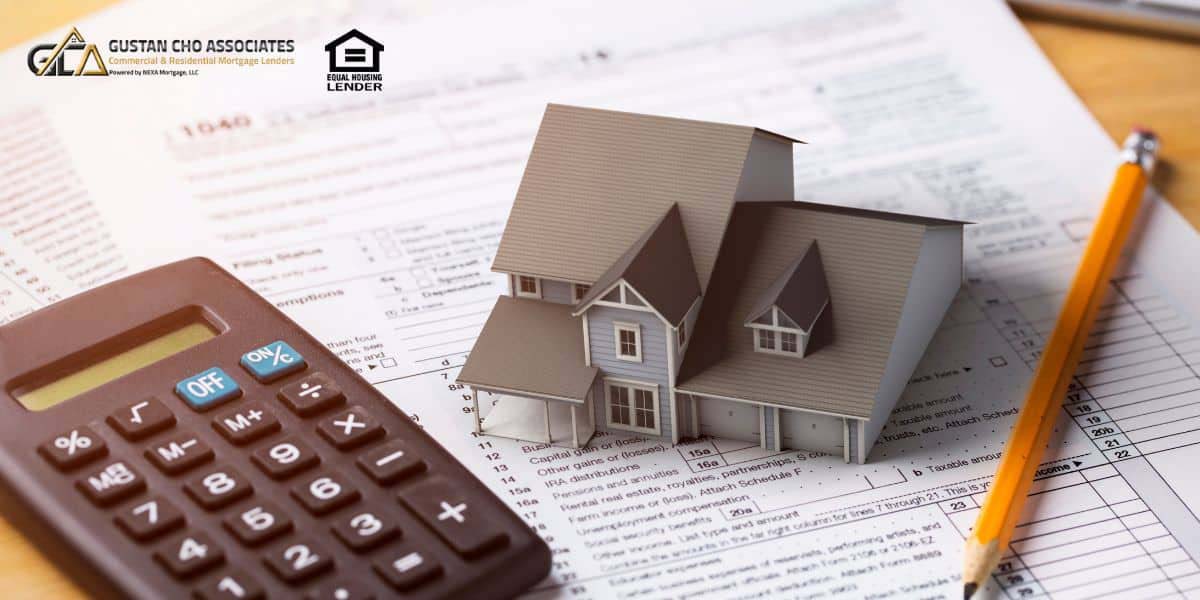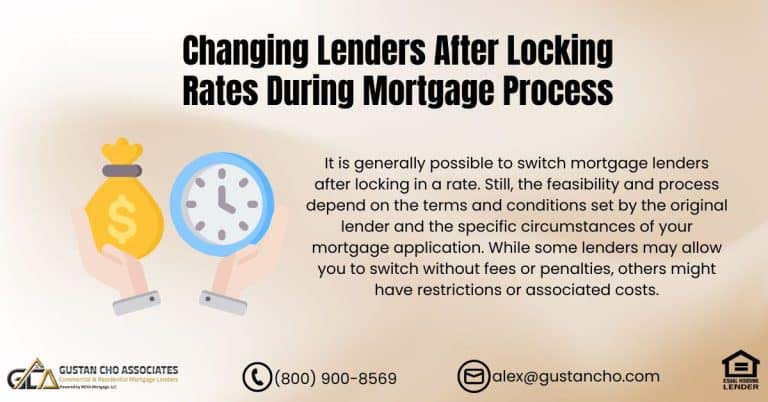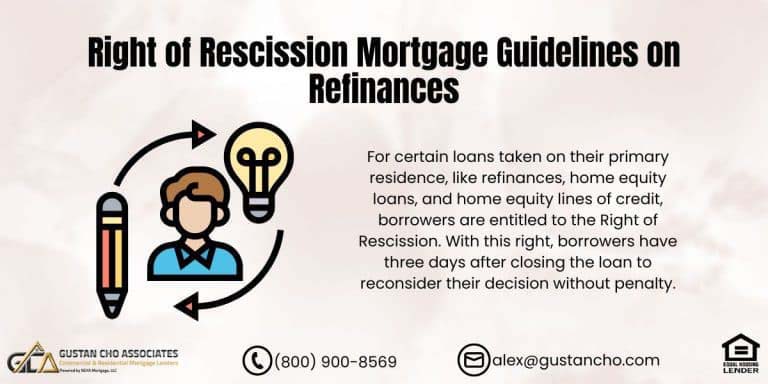Buying a home is one of the biggest financial decisions most people will ever make — and understanding how your mortgage works is just as important as finding the right house.
When you get a mortgage, your loan doesn’t simply stay at the same balance until the very end. Each payment you make goes partly toward interest and partly toward principal. The way that balance shifts over time is called mortgage amortization.
Knowing how mortgage amortization works can help you save money, pay off your loan more quickly, and build equity in your home sooner. In this guide, we’ll break it down in plain English so you know exactly how it works — and how the team at Gustan Cho Associates can help you choose the right mortgage with no lender overlays and expert guidance every step of the way.
Key Takeaways
- Mortgage amortization means how a loan balance decreases with each monthly payment.
- Each payment includes interest and principal — early on, more goes to interest; later, more goes to principal.
- Making extra payments toward principal can cut years off your loan term.
- Understanding your amortization schedule helps you plan, budget, and save on interest.
- Gustan Cho Associates offers flexible mortgage options and expert help for borrowers in all credit and income situations.
What Is Mortgage Amortization?
Mortgage amortization is the process of gradually paying down your home loan over time through regular monthly payments.
Each payment you make covers two parts:
- Interest – the cost you pay to borrow the money.
- Principal – the amount that actually reduces your loan balance.
Initially, most of your payment goes toward interest because your loan balance is the highest. As your balance gets smaller, you’ll notice that the interest part of your payment shrinks too, which means more of what you pay goes toward paying down the principal.
Think of it like a slow shift — at first, the bank gets most of your payment; later, you’re paying more toward owning your home outright.
How Mortgage Amortization Works
For example, your mortgage lender uses a mathematical formula to spread your payments evenly across your loan term — 15, 20, or 30 years.
Even though you pay the same amount each month (on a fixed-rate loan), the mix of interest vs. principal changes over time.
You borrow $300,000 at a 6% interest rate on a 30-year fixed mortgage.
- Your monthly payment (principal + interest) will be roughly $1,799.
- In your first payment, about $1,500 goes to interest and $299 to principal.
- By year 20, that flips — most of your payment goes to principal instead of interest.
That shift is what we call amortization — your debt “melts away” little by little every month until it’s fully paid off.
Principal vs. Interest: Breaking Down Your Payment
Here’s how your mortgage payment typically looks:
| Component | What It Covers | Changes Over Time |
| Principal | Pays down your loan balance | Increases as balance decreases |
| Interest | Cost of borrowing | Decreases as principal shrinks |
| Taxes & Insurance | Escrowed by lender to cover property taxes and homeowners insurance | May change based on annual reassessment |
Understanding this split is crucial. When you know how much of your payment goes to principal, you can plan for extra payments that directly reduce your balance and save thousands in interest.
Amortization Schedule Explained
An amortization schedule shows your monthly payments in detail. It breaks down how much money goes to interest and how much reduces the main loan amount (the principal).
It usually looks something like this (simplified example):
| Month | Payment | Principal | Interest | Balance |
| 1 | $1,799 | $299 | $1,500 | $299,701 |
| 12 | $1,799 | $317 | $1,482 | $296,186 |
| 60 | $1,799 | $401 | $1,398 | $273,472 |
| 180 | $1,799 | $727 | $1,072 | $197,478 |
| 360 | $1,799 | $1,789 | $10 | $0 |
Even though your payment stays the same, the way it’s applied to your loan changes dramatically over time.
How Extra Payments Affect Mortgage Amortization
One of the best ways to get ahead financially is by making extra principal payments. When you send an extra payment toward principal only, every dollar goes straight to reducing your loan balance — not to interest.
That simple move can:
- Cut years off your mortgage term
- Save tens of thousands in interest
- Build home equity faster
For example:
If you make just one extra payment of $1,799 per year on that $300,000 loan, you’ll pay off your home almost four years early and save more than $45,000 in interest.
Always note “Apply to Principal Only” when sending extra payments so your lender doesn’t treat them as prepaid interest.
Benefits of Understanding Your Amortization Schedule
Knowing how amortization works isn’t just for finance experts. It can help everyday homeowners:
- Plan long-term budgets: see exactly how your balance drops each year.
- Decide when to refinance: check if a lower rate makes sense based on where you are in your amortization curve.
- Track equity growth: see how much of your payment is going toward ownership.
- Stay motivated: watching your principal balance fall each month feels rewarding!
When you understand your amortization schedule, you’re in control of your mortgage — not the other way around.
Fixed-Rate vs. Adjustable-Rate Loan Amortization
The amortization process looks slightly different depending on your loan type:
Fixed-Rate Mortgage
A fixed-rate mortgage offers consistent payments throughout the entire loan term, providing homeowners with predictable monthly costs. This type of mortgage allows for easy budgeting, as the total payment amount remains the same each month. It’s particularly well-suited for those who value stability and want to engage in long-term financial planning for their home.
Adjustable-Rate Mortgage (ARM)
An Adjustable-Rate Mortgage (ARM) features an interest rate that can fluctuate periodically after an initial fixed-rate period. As the rate changes, your amortization schedule will also be adjusted accordingly. This means that your monthly payments may increase or decrease, reflecting the current market rates.
Many borrowers start with ARMs to get a lower initial rate but must plan for potential payment increases later.
If you’re unsure which structure fits your budget, our team at Gustan Cho Associates can compare both scenarios and show you how each one amortizes over time.
Common Mistakes Borrowers Make About Amortization
Even smart homeowners sometimes misunderstand how their mortgage works. Here are the most common misconceptions we see:
“My payment doesn’t change, so my interest must not change.”
This statement is misleading because, while the total monthly payment remains the same, how the payment is distributed between interest and principal changes over time. At the start, most of your payment is used to cover the interest, but as time passes and the loan gets older, a bigger chunk will start to pay down the actual amount you owe.
“Extra payments don’t make a big difference.”
Actually, it’s a common misconception—making extra payments on your principal can really cut down the total interest you pay over the life of the loan. Even small additional contributions can accelerate loan payoff and save years of interest expense.
“It’s better to refinance early in the loan.”
Refinancing early in a loan is often advantageous because initial payments are predominantly counted towards interest, so making the switch sooner can yield more substantial savings. Waiting too long to refinance might result in fewer benefits, as less of your payments will be applied to interest over time.
“I don’t need to look at my amortization schedule.”
If you don’t keep an eye on your amortization schedule, it can make it tough to see how far along you are in paying off your loan and to come up with good strategies to pay it off faster. Regularly reviewing your schedule keeps you informed about how your payments impact the principal and interest, aiding in financial decision-making.
Avoiding these mistakes can make a big financial difference over the life of your loan.
How One Borrower Saved $52,000 Through Smart Amortization
Meet Mike, a first-time homebuyer in Illinois who bought his home for $320,000 with a 30-year fixed FHA loan.
He initially accepted his monthly payment as “just the cost of homeownership.” But after learning how mortgage amortization works, he began making an extra $500 principal-only payment each month.
Here’s what happened:
- His loan term was shortened by 7 years.
- He saved $52,000 in total interest.
- He built equity much faster and qualified to refinance into a conventional loan to remove FHA mortgage insurance.
By understanding amortization, Sarah turned knowledge into real savings. That’s the power of knowing how your mortgage works.
How to Pay Off Your Mortgage Faster
If your goal is to become mortgage-free sooner, here are proven strategies based on amortization principles:
- Make Bi-Weekly Payments: Switching to bi-weekly payments is a great way to pay off your loan quicker. Instead of making one monthly payment, you split it in half and pay that amount every two weeks. This means you’ll end up making 26 half-payments in a year, which is like making 13 full payments. Doing this can cut down the time it takes to pay off your loan and save you some cash on interest.
- Round Up Payments: Add $50–$100 extra to each payment and apply it to the principal.
- Apply Bonuses or Tax Refunds to Principal: Even occasional lump-sum payments reduce your balance dramatically.
- Refinance to a Shorter Term: Move from a 30-year to a 15-year loan for faster amortization and lower interest rates.
- Avoid Skipping Payments: Payment “holidays” or forbearance adds interest and extends your term.
Consistency is key. Every dollar you apply early saves you more interest than one paid later.
Mortgage Amortization Calculators and How They Help
Online amortization calculators let you see your payment breakdown in seconds. You can:
- Input your loan amount, rate, and term
- View how much of each payment goes to interest vs. principal
- Test extra payment scenarios and see real-time savings
At GustanCho.com, we help borrowers analyze these numbers with a live loan officer who explains what calculators can’t — like how taxes, insurance, and mortgage insurance affect your full payment and long-term strategy.
How Gustan Cho Associates Can Help
At Gustan Cho Associates, we believe every borrower should understand their mortgage inside and out.
Our licensed loan officers take time to explain how mortgage amortization works and how to use it to your advantage. Whether you want to:
- Lower your monthly payments
- Refinance to remove PMI
- Pay off your mortgage faster
- Or get a loan with no lender overlays
We’re here to guide you through every option. We offer all major loan programs, including FHA, VA, USDA, Conventional, and Non-QM. We’re available seven days a week, evenings, weekends, and even on holidays.
Call us today at 800-900-8569 or email alex@gustancho.com to get started with a free amortization analysis and personalized loan review.
Understanding Amortization Puts You in Control
Mortgage amortization isn’t just a financial term — it’s the roadmap of how you’ll own your home. When you understand how your payments work, you can take charge of your financial future, pay less in interest, and reach full homeownership sooner.
Whether buying your first home, refinancing, or looking for ways to shorten your term, Gustan Cho Associates is here to help. Call us at 800-900-8569 or email alex@gustancho.com to start your journey toward smarter homeownership today.
Frequently Asked Questions About Mortgage Amortization:
Q: What Does Mortgage Amortization Mean?
A: It means paying off your mortgage over time through scheduled monthly payments that cover both principal and interest.
Q: How Does Mortgage Amortization Affect My Interest Costs?
A: At the start, most of your payment goes to interest. As your balance drops, more goes to principal, reducing total interest paid.
Q: Can I Pay Off My Mortgage Amortization Early Without Penalty?
A: Most modern loans allow it with no prepayment penalties. Always confirm with your lender.
Q: What Happens if I Make One Extra Payment Per Year?
A: You can cut several years off your loan term and save thousands in interest.
Q: Is There a Difference Between Mortgage Amortization and Mortgage Term?
A: Yes. The term is how long you agreed to repay (e.g., 30 years). Amortization is how the payments are structured across that term.
Q: How Can I See My Amortization Schedule?
A: Your lender can provide one, or you can create it using an online mortgage amortization calculator.
Q: Does Refinancing Change My Amortization Schedule?
A: Yes. A refinance starts a new schedule based on your new balance, rate, and term.
Q: Can Extra Payments Go Directly Toward Principal?
A: Yes, just make sure to specify “Apply to Principal Only” when you send the payment.
Q: What’s the Fastest Way to Build Equity Through Amortization?
A: Make extra principal payments early in the loan. Those have the biggest impact on total interest savings.
Q: How Can Gustan Cho Associates Help Me Understand Amortization Better?
A: Our loan officers walk you through your mortgage amortization schedule, show how extra payments change your payoff date, and help find the best loan with no lender overlays.









